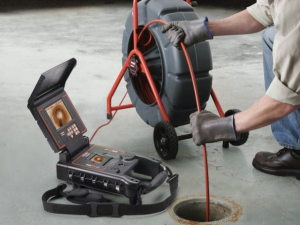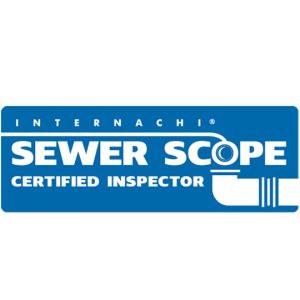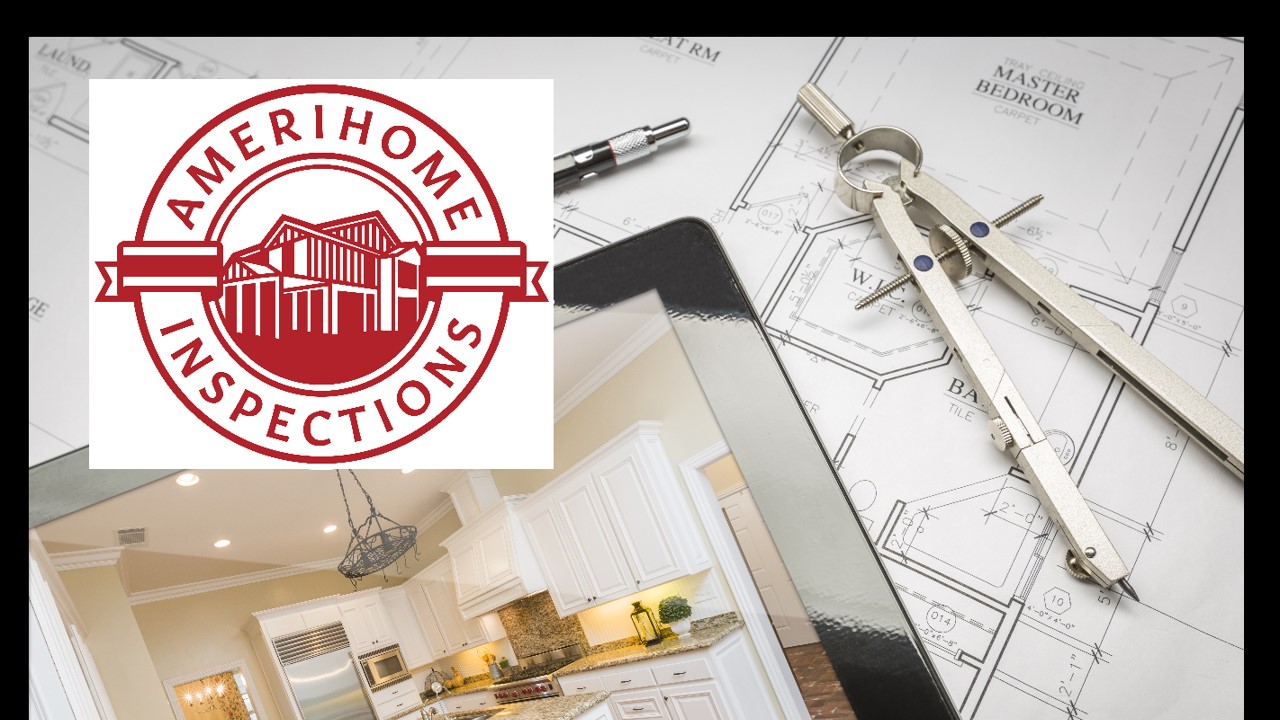
Is a Sewer Scope Inspection Essential When Purchasing an Older Home in Central Florida?
When you’re searching for an older home in Central Florida, many factors come into play. You consider the location, size, and layout, but one aspect that often gets overlooked is the plumbing system’s condition. A sewer scope inspection is an important yet frequently ignored inspection that can reveal hidden issues before you make a purchase. This inspection uses a camera to look inside sewer lines and drainage systems, delivering valuable insights on potential problems.
In this post, we will dive into the reasons why a sewer scope inspection is a must-have during the home-buying process.
Understanding Sewer Scope Inspections
A sewer scope inspection is essential for maintaining a home’s plumbing system. During this process, professionals use a high-resolution camera to look inside the sewer line. They can identify issues such as blockages, cracks, and tree root problems. For instance, in Central Florida, trees often have extensive root systems that can invade sewer lines, causing serious damage over time.
Getting this visual assessment can prevent future headaches. It can show you issues that might lead to costly plumbing repairs if left unchecked. For example, minor root intrusion can grow over time and create major blockages costing thousands of dollars to repair.
The Risks of Skipping a Sewer Scope Inspection
If you skip a sewer scope inspection when buying an older home, you open yourself up to unexpected and often expensive repairs. Common hidden issues can lead to significant plumbing problems later.
Consider this: a small root can break into a pipe, leading to leaks that could ruin walls and floors, costing up to $5,000 for repairs. In fact, 80% of homebuyers later regret not doing a sewer scope inspection, according to industry surveys. Investing in this service is a proactive measure to safeguard your financial investment.
Identifying Common Issues
A sewer scope inspection can help flag several common plumbing issues, including:
- Blockages: Objects, grease, and debris can clog pipes, leading to backflow. According to statistics, blockages account for nearly 30% of sewer line issues.
- Cracks and Breaks: Pipes can crack due to age or ground movement. Old clay pipes or cast iron pipes can be particularly susceptible, with nearly 60% of homes built before 1970 experiencing such issues.
- Tree Root Intrusions: Roots searching for water can invade sewer lines and lead to long-term damage. About 25% of sewer backups are caused by tree root intrusion.
- Corrosion: Older homes may contain pipes that have corroded, leading to leaks. Homes built in the 1960s or earlier often have metal pipes that deteriorate significantly over the years.
Understanding these potential red flags helps you negotiate repairs or even lower the purchase price before closing the deal.
Importance in Central Florida’s Climate and Terrain
Central Florida has unique weather challenges that can worsen plumbing issues. With heavy rainfall and high humidity, sewer lines can take a beating. The sandy soil in the area can shift, impacting sewer lines in significant ways and leading to failures.
In fact, homes in the region are 40% more likely to experience plumbing issues than in other climates. A sewer scope inspection offers buyers assurance about the plumbing system’s durability against local conditions, ensuring that you’re making a smart purchase.
Making an Informed Decision
One of the key benefits of a sewer scope inspection is the clarity it offers for prospective buyers. By examining the sewer lines visually, you receive concrete information about the plumbing system’s health.
If significant issues arise, this information can be a powerful tool in negotiations. You might ask for repairs or request a price reduction to cover potential issues. This informed decision-making not only enhances your knowledge but can save you considerable amounts of money in repairs.
Costs versus Benefits
While a sewer scope inspection may feel like an added expense during the home-buying process, it’s crucial to compare this to potential plumbing repair costs. The inspection typically ranges from $200 to $300, while major plumbing repairs can run between $3,000 to $10,000 or even more.
Investing in a sewer scope inspection could save you thousands of dollars, helping you avoid future headaches.
When to Schedule a Sewer Scope Inspection
The best time to schedule a sewer scope inspection is during the due diligence phase of purchasing a home. This period comes after your initial offer but before you finalize the sale.
Scheduling at this point allows any plumbing issues to be addressed before closing, giving you the power to request repairs or make informed decisions regarding the purchase.
Final Thoughts
In conclusion, a sewer scope inspection is a vital step in buying an older home, especially in Central Florida. This inspection not only uncovers hidden plumbing issues but can also save you money and headaches down the road. The small investment in the inspection pales compared to the financial fallout of major repairs.
As you explore potential homes, don’t forget to prioritize a sewer scope inspection. It will safeguard your investment and ensure your future home has a solid plumbing foundation, contributing to a successful homeownership


